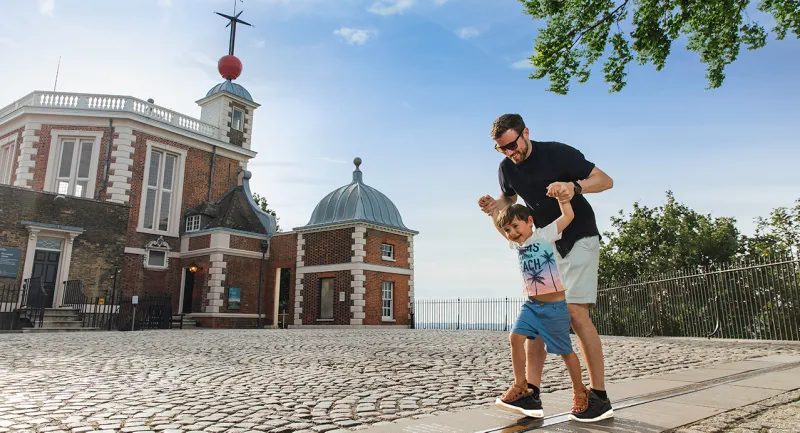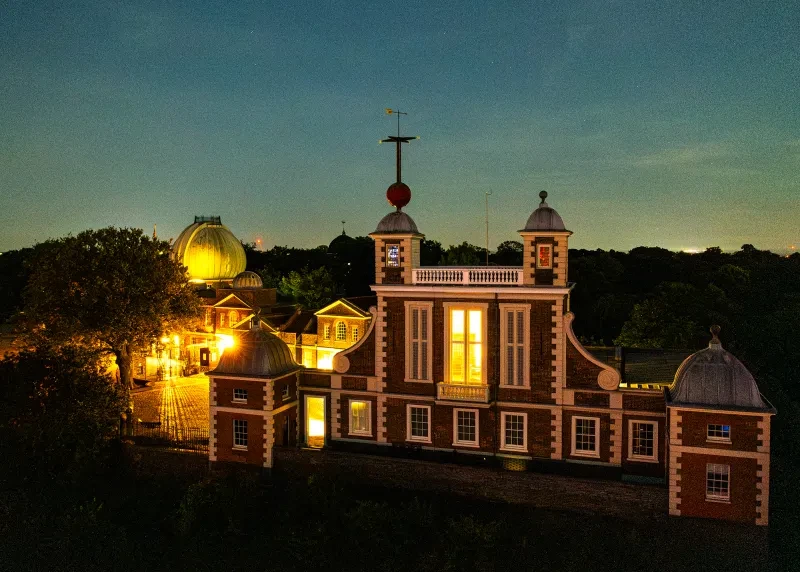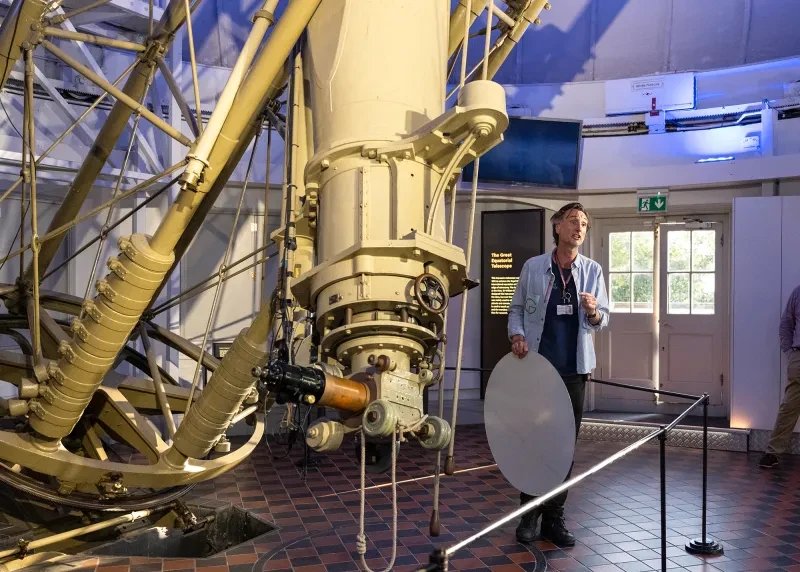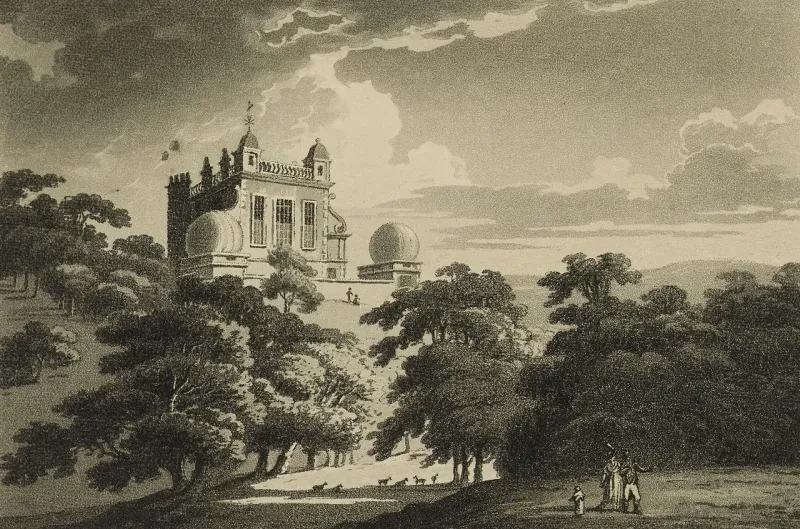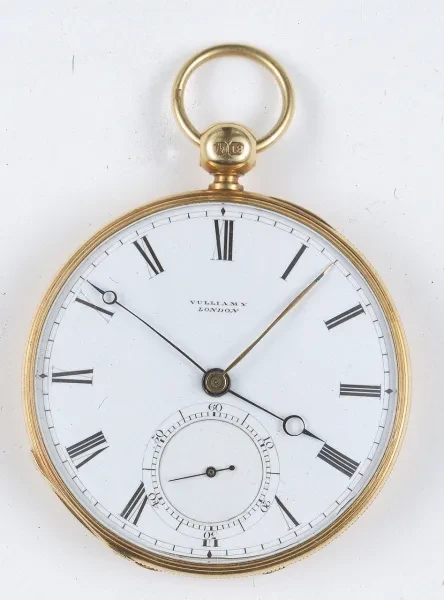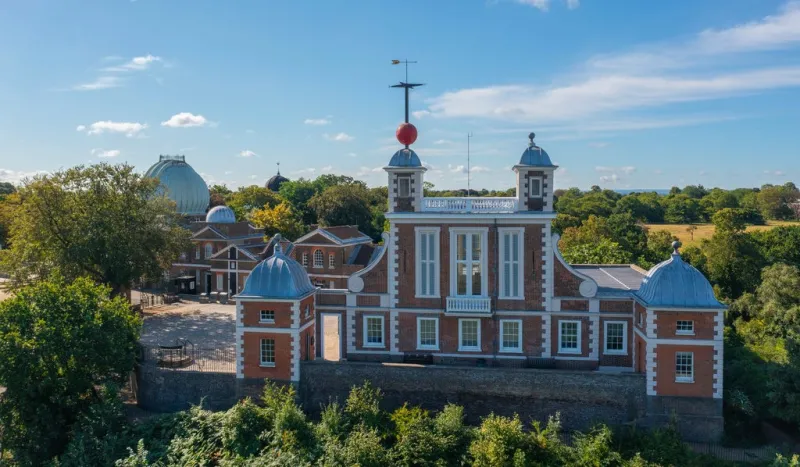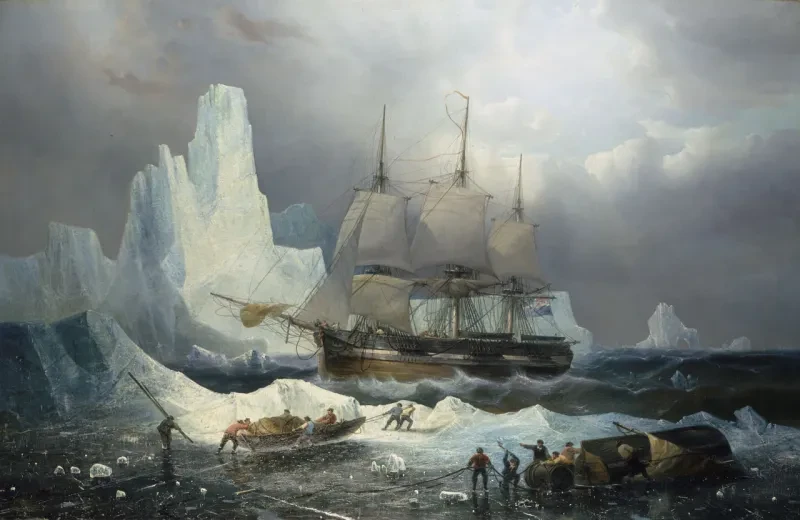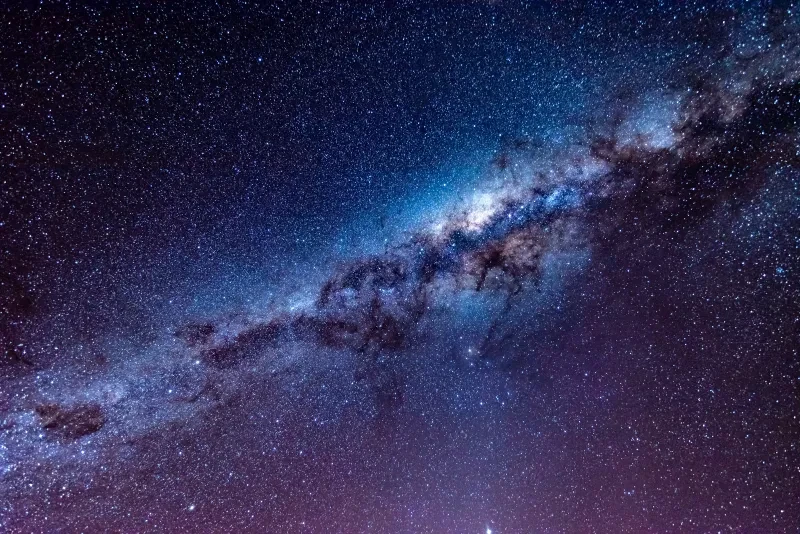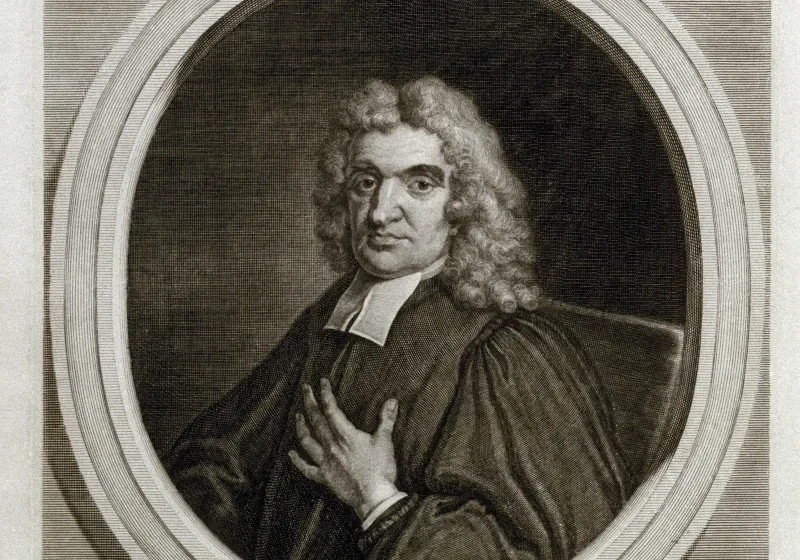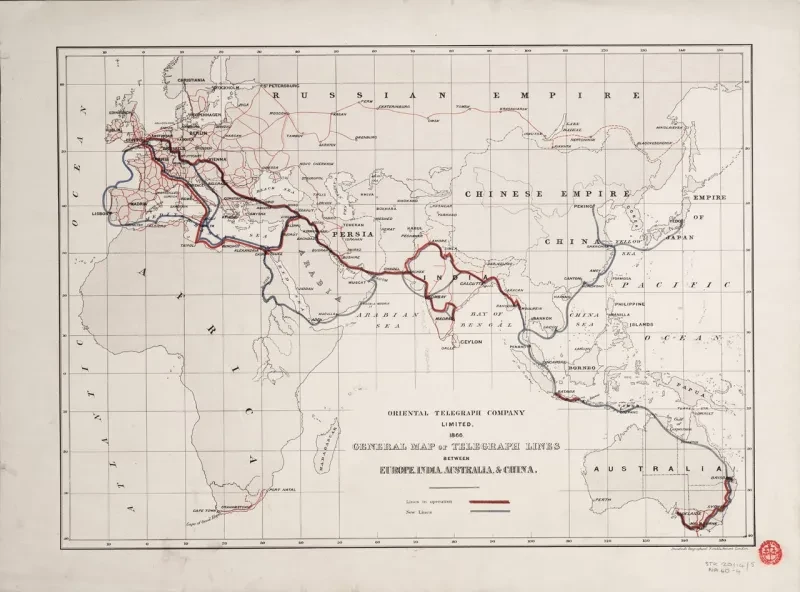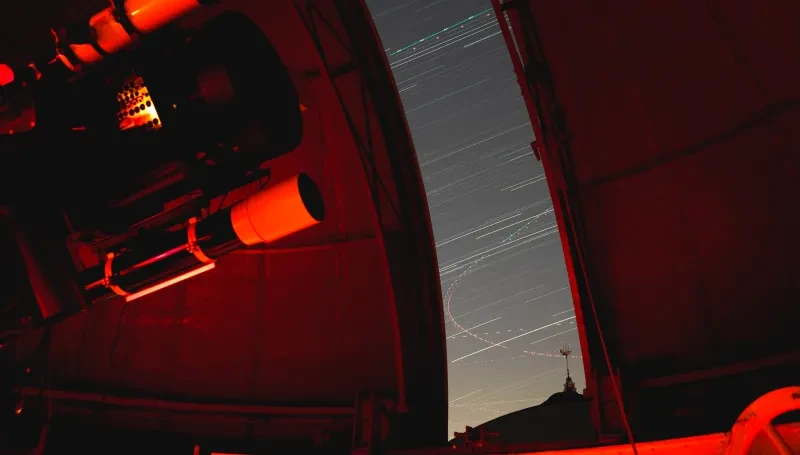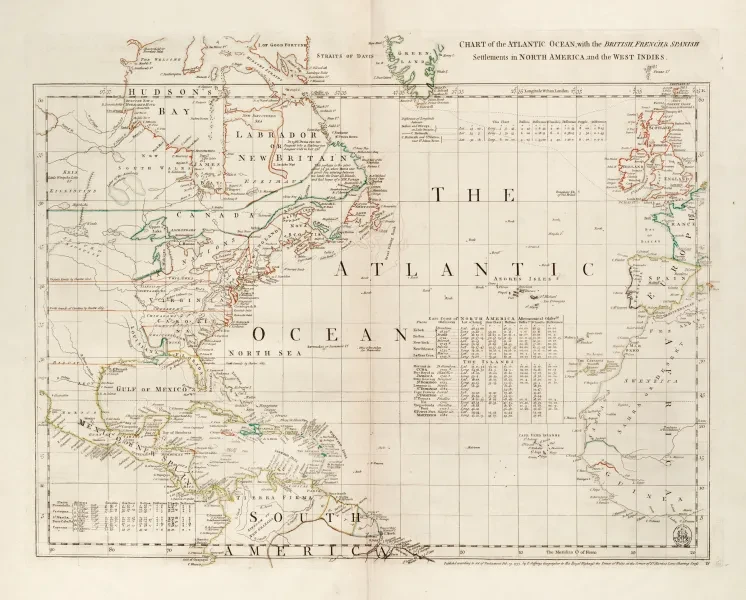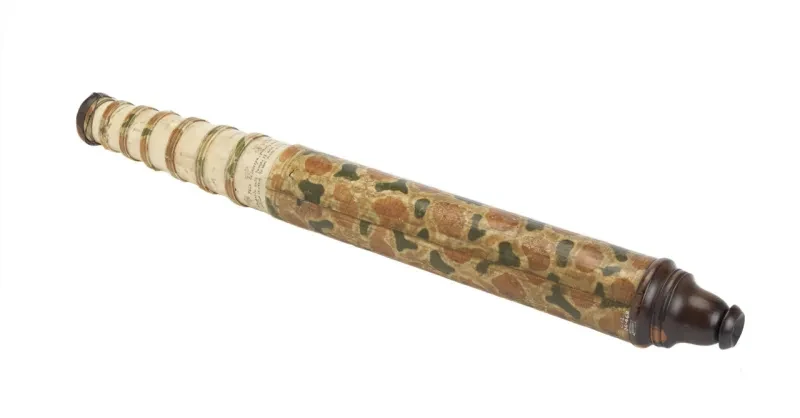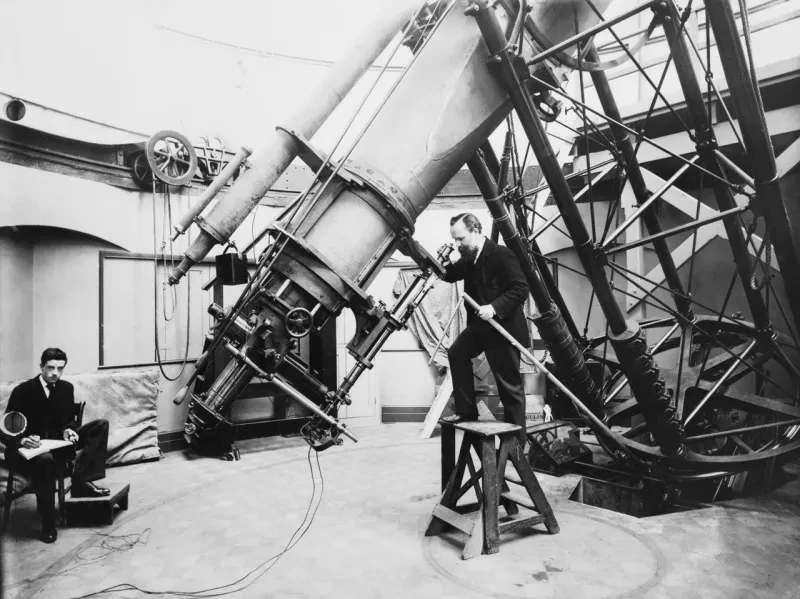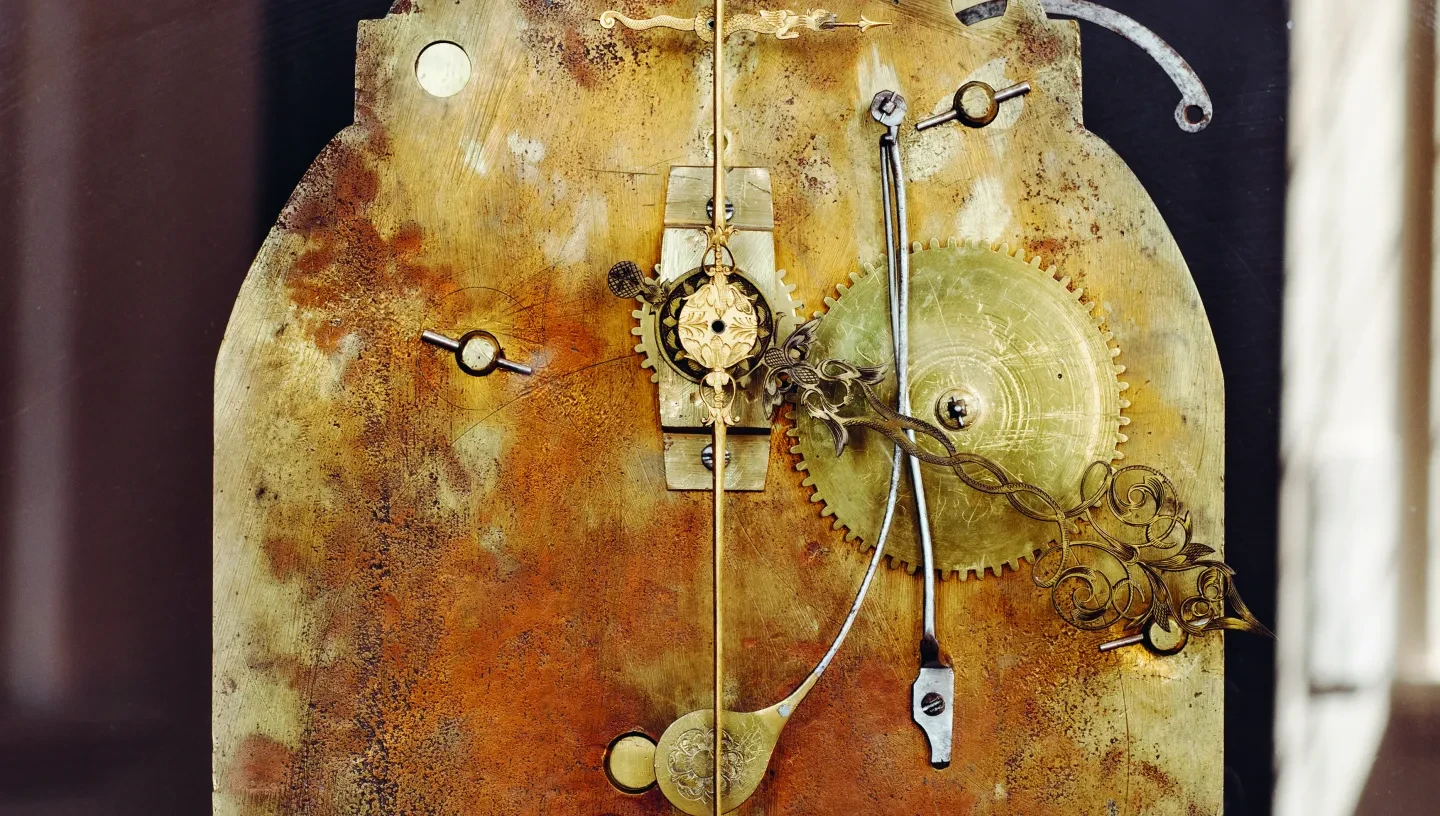
At the heart of international timekeeping and navigation stands the Royal Observatory, Greenwich, a place where science and innovation intersected to shape the modern world.
Founded in 1675, the Royal Observatory is internationally renowned today as the home of Greenwich Mean Time and the historic prime meridian, 0° longitude.
In her new book Royal Observatory Greenwich: A History in Objects, Senior Curator Dr Louise Devoy explores the rich legacy of this famous site through 100 fascinating objects.
From the Observatory’s best-known treasures to more unassuming items, these objects reveal centuries of groundbreaking work at Britain's first state-funded scientific institution.
Discover six objects, all featured in the book, below.
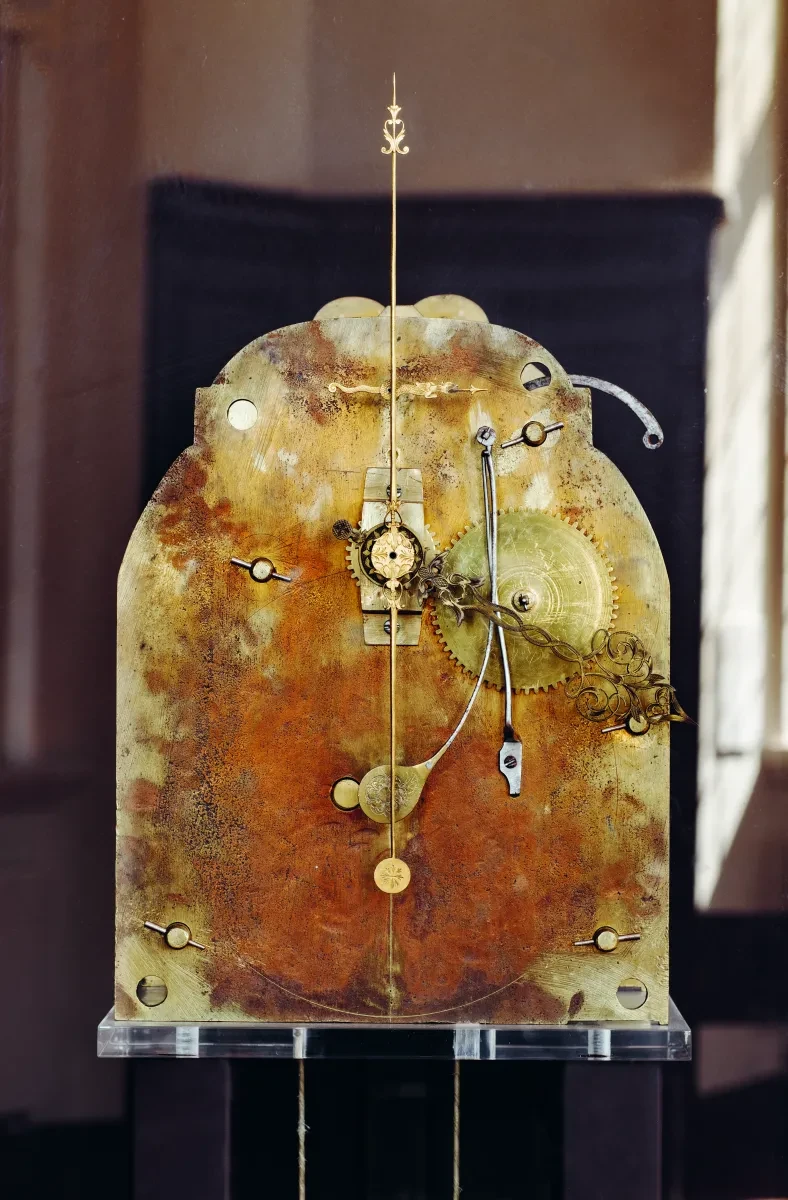
1. Year-going clock movement
This clock movement is one of a pair that originally ticked away behind the panelled walls of the Octagon Room. As the Observatory building began to take shape in late 1675, the first Astronomer Royal John Flamsteed’s patron, Jonas Moore, ordered these highly accurate timekeepers from Thomas Tompion, the best clockmaker in London at the time.
Flamsteed needed such state-of-the-art timekeepers to prove that the Earth rotates on its axis at a constant rate (isochronal), a key assumption in all astronomical methods for measuring longitude. First, he improved his existing ‘Equation of Natural Days’ to smooth out variations in the length of the apparent solar day, caused by the tilt of the Earth’s axis and the elliptical shape of its orbit.
By formulating an average or ‘mean’ day of exactly 24 hours, he set these clocks to show this new ‘Greenwich Mean Time’ (GMT). Next, he set up a 6ft telescope on the western wall of the Octagon Room to measure the time interval between successive crossings (transits) of the bright star Sirius. It was a highly consistent interval of 23 hours, 56 minutes and 4 seconds – one sidereal day – that enabled him to check the accuracy of the Tompion clocks.
After months of hard work, Flamsteed did indeed prove the Earth’s isochronal rotation, although three centuries later the Observatory’s Shortt free-pendulum clock system would prove otherwise. But for Flamsteed, Tompion’s specially designed clocks had demonstrated their worth, with extra-long 13ft pendulums for accuracy that beat every 2 seconds. They also featured an innovative escapement design to reduce friction and heavy driving weights to keep them going for a year, reducing the need for winding and disruptive maintenance.
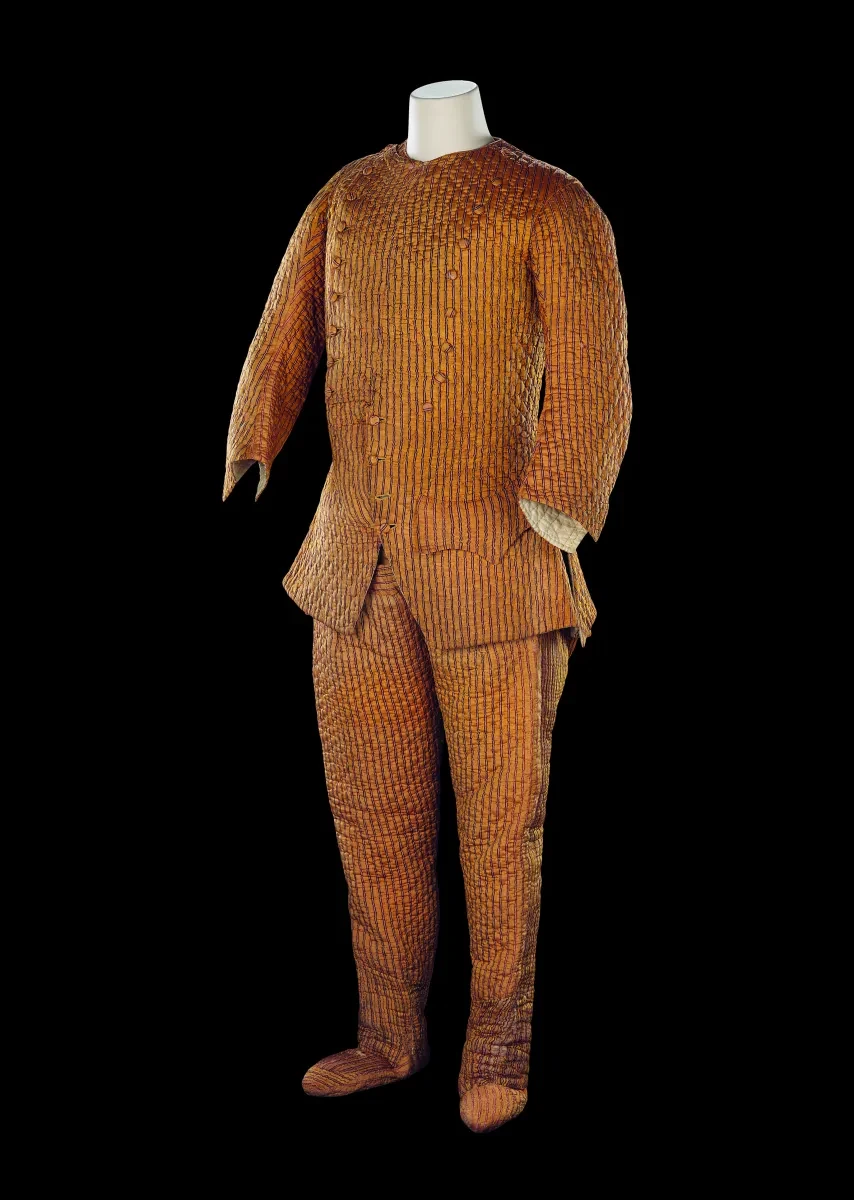
2. Nevil Maskelyne's observing suit
Keeping warm is always a challenge for astronomers as they observe the stars on cold, clear nights. Astronomer Royal Nevil Maskelyne circumvented this discomfort by commissioning an observing suit made from silk, wool and linen. The trousers extend around the feet for maximum cover but we have no record of whether Maskelyne completed the outfit with gloves and a hat. Scuff marks, worn patches and tiny frayed edges indicate that he did indeed use it.
For Maskelyne’s assistants, life at the Observatory was less comfortable. In the 1790s, the young astronomer David Kinnebrook wrote to his father complaining about the wintry conditions at Greenwich, describing his struggle to work with frozen instruments in chilly temperatures.
Even with his luxurious suit, Maskelyne was acutely aware of the health risks of observing in the cold. His notebooks feature numerous recipes for cough and cold remedies made from kitchen ingredients such as lemon, ginger and honey, which will be familiar to many today.
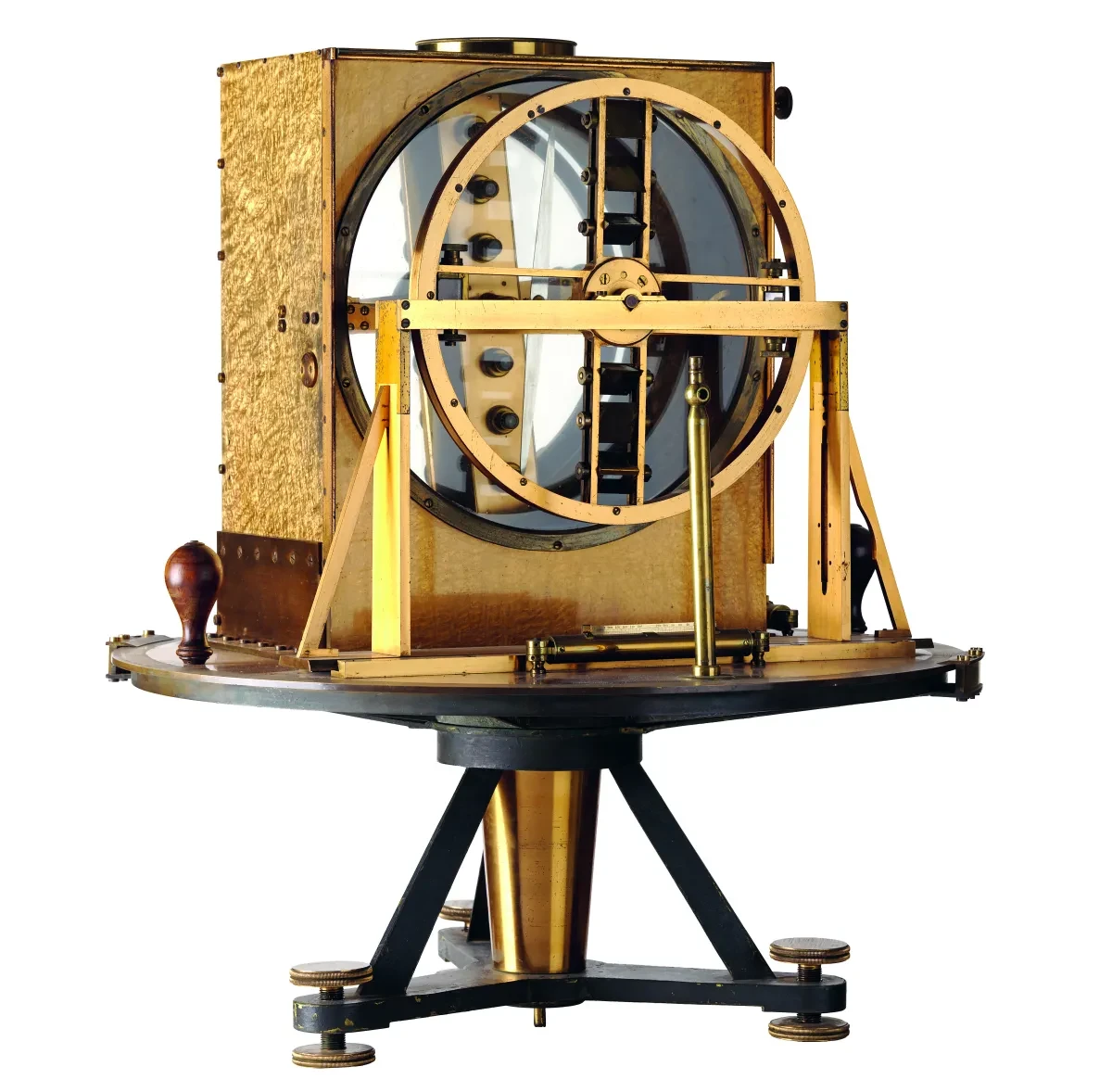
3. George Biddell Airy's dip circle
While people marvelled at the dramatic effects of the Carrington event in September 1859, one of the largest-ever known geomagnetic storms, Astronomer Royal George Biddell Airy was busy finishing the design of his own magnetic instrument. The changing vertical angle between the tip of a compass needle and the horizon, known as ‘dip’ or ‘inclination’, had been recognised by navigators and instrument makers since the sixteenth century, along with its horizontal counterpart. At the equator, the needle of a dip circle lies flat (0°) but at the magnetic poles it turns vertically (90°).
For Airy, changes in the Observatory’s dip results were proving problematic. In the winter of 1856 he received a letter from Professor Christopher Hansteen of Christiania (Oslo) University who was concerned by the anomalous dip results between Greenwich and other observatories in northern Europe. Airy then carefully examined the Observatory’s dipping needle and realised that the needle was positioned incorrectly, causing it to catch on the brass scale.
Despite adjusting the instrument and following Hansteen’s advice to obtain better needles, systematic errors still appeared in the results, leading Airy to admit ruefully in his Annual Report for 1859, ‘In regard to the Dipping Needles, I am still very much perplexed.’ Responding in his typical fashion, thereafter Airy set about designing his own instrument, creating a dip circle that featured a more stable base, microscopes for reading the needle movements more closely and a revolving gaslight that illuminated the scales. The instrument was eventually installed in October 1861 and, after a few more years of adjustment, remained in use until December 1914.
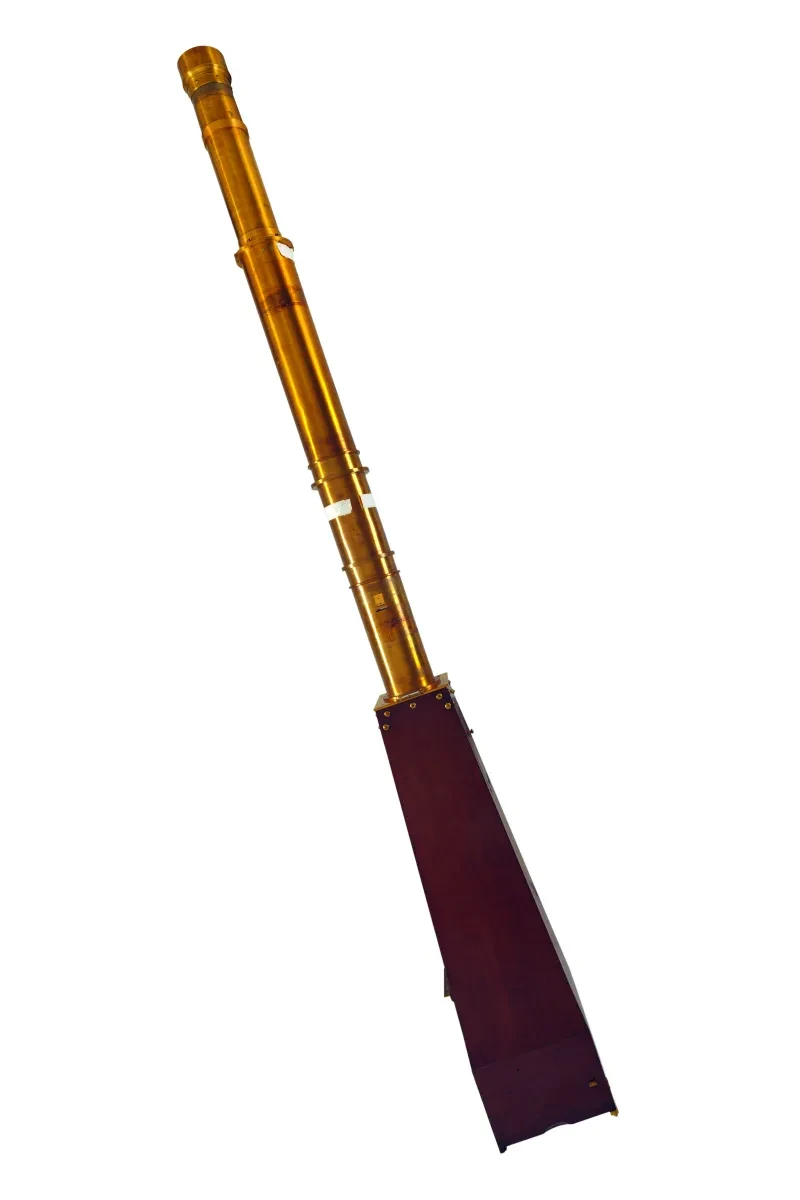
4. Dallmeyer photoheliograph
This small but unusual telescope bears witness to the beginning of a new era of observation at Greenwich. In 1857, chemist and amateur astronomer Warren de la Rue created a pioneering type of telescope, known as a photoheliograph, which enabled him to take daily images of the Sun and its changing pattern of sunspots.
At the same time, George Biddell Airy was devising observing plans for the next transit of Venus in 1874. As the first such event since the invention of photography, it was an ideal opportunity to take advantage of the new technology. Five photoheliographs were ordered from the London-based optical company of Dallmeyer and, after initial tests at Greenwich, were shipped to observing stations in Egypt, New Zealand, Hawaii and the Indian Ocean islands of Rodrigues and Kerguelen.
This specific instrument, Dallmeyer no.2, is thought to have been sent to New Zealand and then used at Greenwich from 1910 to 1949. Sunlight was directed through the 4-inch aperture lens onto a magnifying screen that enlarged the 0.6-inch image by about seven times. With such intense light and heat, the operator used a spring-loaded slit to minimise the exposure time to just a fraction of a second. He then extracted and replaced the photographic plate with a fresh one. The enlarging lens and mahogany camera box seen on this instrument today are later additions from 1909.
Despite years of planning, the transit of Venus expedition of 1874 was deemed a failure with poor quality photographs and inconclusive results. It was a disappointing outcome after years of planning but the Observatory still reaped the benefits by continuing to use the Dallmeyer photoheliographs for decades afterwards.
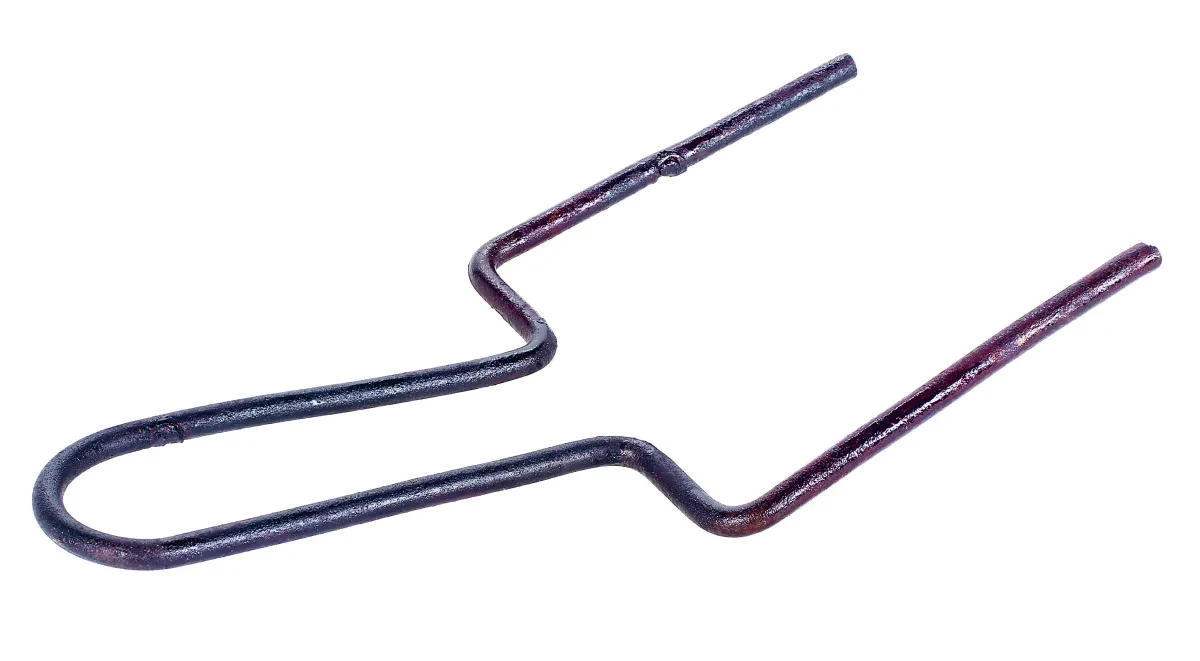
5. Spider fork
Spiders have long had a duplicitous reputation at the Observatory, regarded as both friend and foe. Working in the 1600s, English astronomer William Gascoigne was apparently inspired by a wayward arachnid spinning a web across his telescope when he suggested that spider silks could be used as vertical lines in the field of view – similar to rifle crosshairs − to help observers measure the crucial moment of transit. Over the next two centuries, astronomers experimented with various materials, concluding that spider threads were stronger, thinner and more uniform than silk, human hair or metal wires.
By the 1800s, supplying spider threads as ‘reticules’ for telescopes was part of everyday business for instrument makers. Replacement threads for Greenwich instruments were ordered from Troughton and Simms and the 1864 inventory notes ‘a box of cobwebs’ kept alongside the Airy Transit Circle. This box likely contained forks similar to the one shown, on which spiders were enticed to spin by rotating the gadget. About a dozen threads could then be kept taut or extracted as needed.
However, when journalist Frederick Knight Hunt visited in 1850, he described how Airy’s assistants struggled to keep a telescope tube clean because its ‘cool and dark interior was so pleasant to the spiders that, do what they would, the astronomers could not altogether banish the persevering insects from it’.
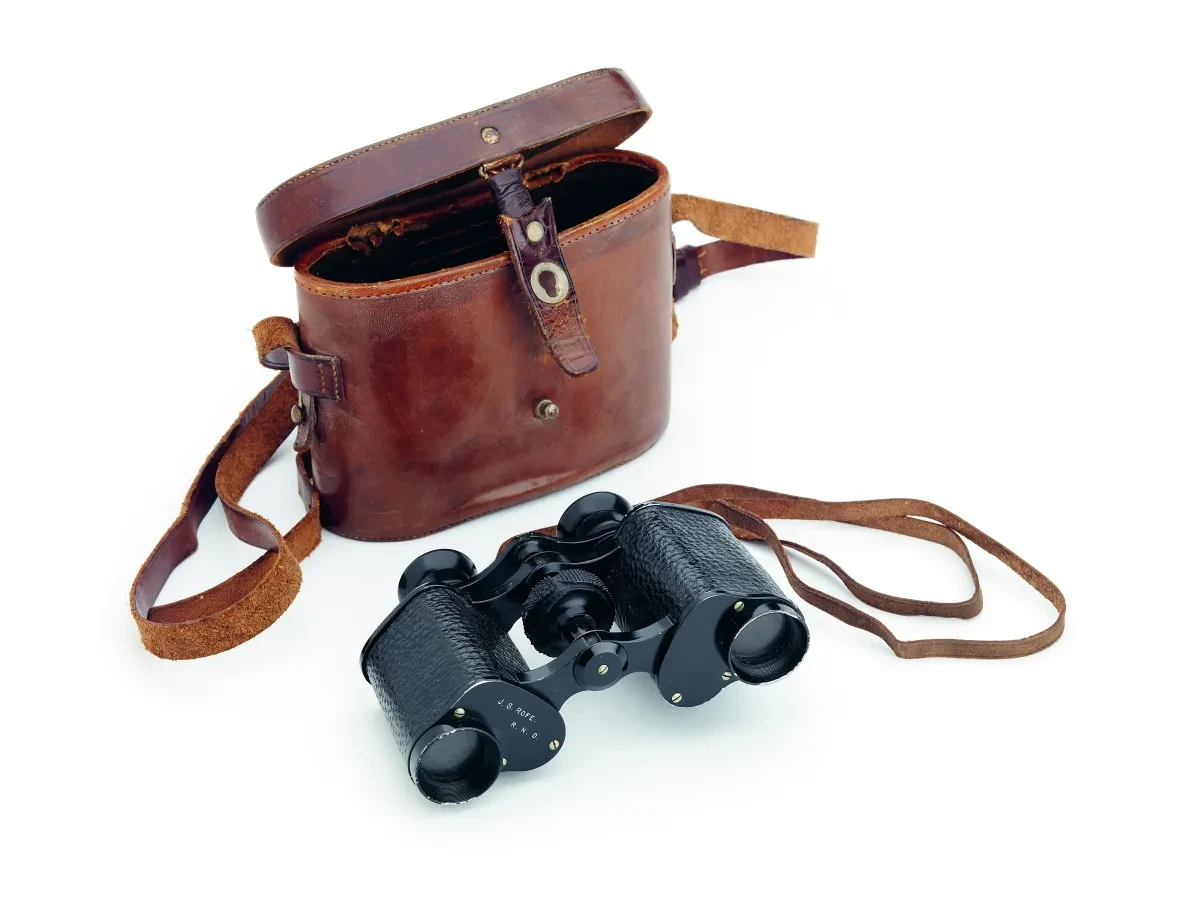
6. First World War binoculars
These binoculars remind us of an important but little-known story of the Observatory’s contribution to the First World War. In September 1914, just a month after the beginning of the conflict, a new organisation called the National Service League made a public appeal for binoculars as there were insufficient supplies for thousands of new recruits. By 21 January 1915, the League’s London office had already received 18,000 instruments but many required cleaning and testing before use. With extensive experience servicing optical equipment, the Observatory was ideally suited for such a task and commenced work in September 1915.
Over the next 30 months, 12 Observatory staff worked in teams to carefully dismantle, clean and reassemble a total of 3,050 binoculars. Prior to despatch, the instruments were adjusted and aligned using the image of two illuminated crosses that were directed through a 6-inch telescope and focused by the binocular’s prisms onto a screen.
Recognising the need for wartime secrecy, Dyson deliberately omitted any mention of binocular testing in his Annual Reports. Our only surviving record of this remarkable project is a single typewritten sheet in the archives, thought to have been composed by Assistant Ernest Martin.
We have no evidence to link this specific pair of binoculars with the Observatory’s testing programme but, like many military optical instruments of the day, they were made by Dollond of London and feature the owner's name accompanied by ‘R.N.D.’ for ‘Royal Naval Division’.
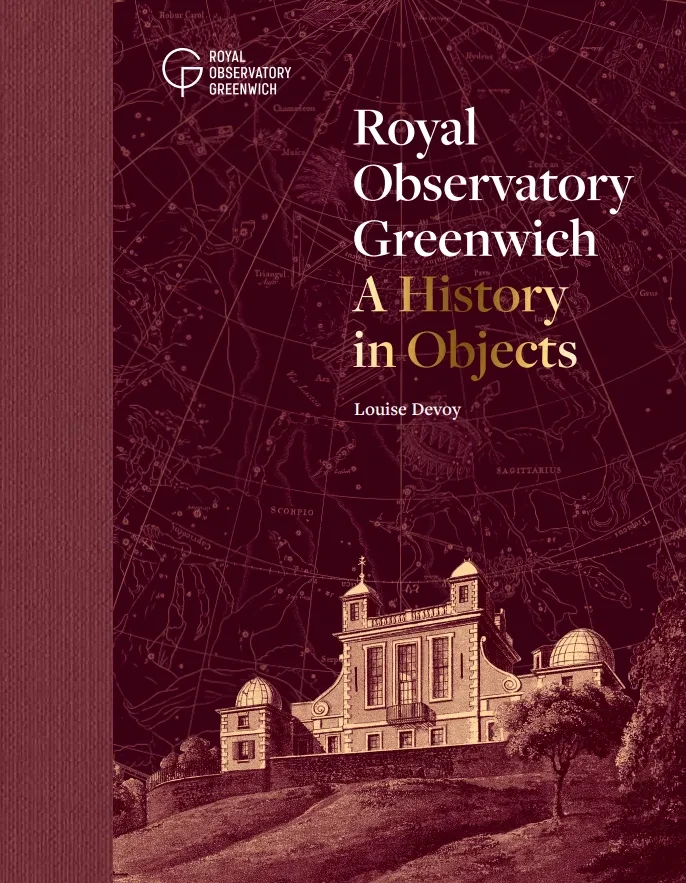
Royal Observatory Greenwich: A History in Objects by Dr Louise Devoy
This book is a true celebration of the Observatory, its history, collections and the people who worked in it.
The Observatory’s Senior Curator, Dr Louise Devoy, charts the development of Britain’s first state-funded scientific institution, from its founding by royal warrant to the present day.
Featuring some of the Museum’s best-known treasures, as well as more unassuming items, it reveals the varied work of three centuries of astronomers, researchers and scientists, marking the Observatory’s 350th anniversary year.
About the author
Dr Louise Devoy is Senior Curator of the Royal Observatory, Greenwich. With a background in astrophysics and the history of science, Louise joined Royal Museums Greenwich in 2013 and has responsibility for researching the history of the Royal Observatory's collections, buildings and staff.
Over the past five years she has been delving into the archives and museum stores to pick out the most intriguing stories for this book.
